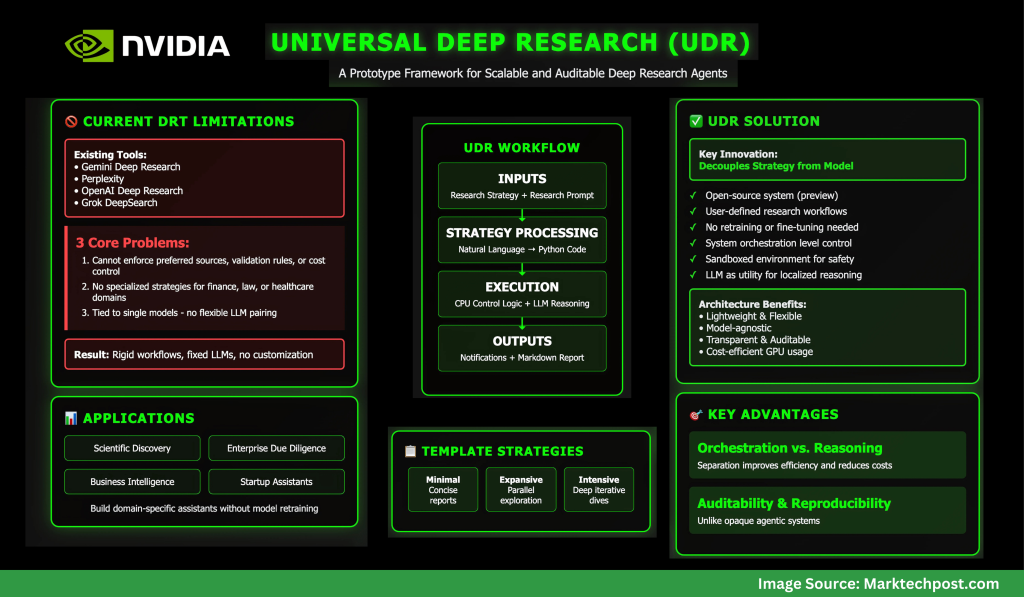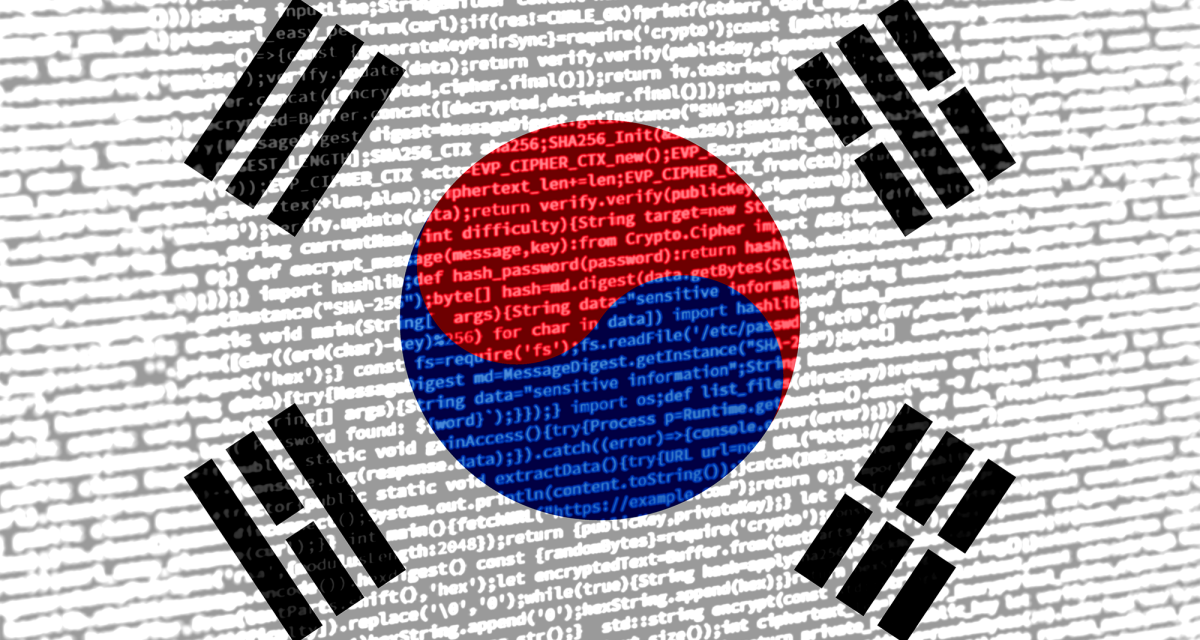Artificial intelligence (AI) and clean energy technologies have emerged as central policy pillars of the new Lee Jae Myung government in South Korea, as part of his administration’s strategy to revitalize the economy.
Recognizing that the country has lagged behind global leaders such as the U.S. and China, both of which have adopted robust industrial policies, Lee’s government plans to introduce a South Korean version of the Inflation Reduction Act, a massive government investment plan to promote key strategic sectors. Similar to the U.S. act, Lee’s initiative aims to provide large-scale subsidies and targeted government financing to accelerate growth in strategic sectors, with AI and clean energy at the forefront.
Within this broader policy shift, the nexus between AI and energy has gained prominence. The rapid scaling up of energy-intensive AI infrastructure has sent energy demand soaring. As a result, South Korea needs to ensure a sustainable and resilient power supply for the digital economy. South Korea is one of the countries leading efforts to integrate energy policy and AI strategy in a way that both promotes innovation and strengthens energy security.
The evolution of South Korea’s AI governance
South Korea laid a foundation for AI governance in its 2024 Framework Act on Artificial Intelligence, one of the world’s first comprehensive national AI laws. Enacted under Lee’s predecessor, Yoon Suk Yeol, the act was designed to foster innovation while ensuring transparency, safety, and public accountability.
Shortly after assuming the presidency in early June, Lee elevated AI to a central role in South Korea’s national growth agenda. His administration’s blueprint aims to position the country among the world’s top three AI powers. Adopting a ‘develop-first, regulate-later’ philosophy, the plan emphasizes ecosystem expansion, including C$97 billion (100 trillion South Korean won) in AI investments, the designation of data centres as critical infrastructure, and the rollout of an “AI Highway” to connect regional tech clusters. Simultaneously, the administration is continuing to build on the AI Framework Act, working to implement its provisions early in Lee’s five-year term to ensure legal stability and time to build public trust, particularly around issues such as data privacy and algorithmic bias.
A notable feature of this approach is integrating the country’s tech-sector leaders into policy roles. For example, the head of Naver’s AI Center was appointed presidential secretary for AI policy, and the president of LG AI Research now serves as minister of science and Information and Communications Technology. In addition, a centralized AI governance body within the presidential office now co-ordinates interministerial initiatives and accelerates regulatory reforms in close dialogue with the private sector.
To ensure that the strategy is well resourced, the government has earmarked C$970 million (1 trillion won) in public investment for AI research and development (R&D), in addition to a C$330-billion (340 trillion won) investment in three ‘game-changing’ technologies: AI semiconductors, advanced biotechnology, and quantum technology. Additionally, a national AI computing centre, costing C$2 billion (2 trillion won), is expected to open by 2027. These developments reflect a national effort to accelerate AI innovation to give South Korea the upper hand in technologies that are indispensable within the global value chain.
Key challenges in the AI–energy nexus
As South Korea pushes forward with its AI agenda, one of its most pressing challenges is building a sufficient and reliable energy supply. The explosive growth of AI infrastructure is substantially increasing demand on South Korea’s energy grid, with wide-ranging implications for both industrial competitiveness and climate goals.
The expansion of AI computing, especially through hyperscale data centres, is driving this steep growth in demand. A landmark 3 gigawatt data centre project in Jeollanam-do Province is expected to go online by 2028 to accommodate the compute intensity of next-generation AI applications. National electricity demand is projected to double by 2030 relative to 2022 levels, driven largely by data centres and semiconductor fabrication plants — two sectors at the heart of South Korea’s digital strategy.
Already, the country’s aging power grid is struggling to keep pace with this growth. Approximately 78 per cent of existing data centre power use is concentrated in the Seoul metropolitan area, straining the city’s local infrastructure. Although the government has pushed to relocate the data centre to other provinces through the Special Act on Distributed Energy (which came into effect in June 2024), to date, no such news of this relocation has been reported. Experts warn that without rapid modernization, grid bottlenecks could compromise supply stability and industrial growth. In response, the government enacted the Power Grid Act in February 2025 to expedite grid expansion, including provisions for enhanced compensation to communities affected by new transmission lines. The act also encourages public-private investment and regulatory reforms to streamline power purchase agreements and other procedures related to utilities.
To support its expanding AI infrastructure and meet AI-driven energy demands, South Korea is turning to liquefied natural gas (LNG) and nuclear power as its main sources of reliable electricity. Plans are underway to convert 28 aging coal-fired plants to run on LNG and to build two new nuclear reactors by 2038, supplementing the four already under construction. In contrast to former president Moon Jae-in’s (2017-22) nuclear phase-out policy, recent developments — including a speech by Lee during the recent election campaign and the appointment of Kim Jeong-gwan, president of Doosan Enerbility (a major national conglomerate deeply engaged in nuclear energy development), as minister of trade, industry and energy — suggest that the current administration recognizes the challenges of relying solely on renewables and the necessity of re-introducing nuclear energy. These signals indicate a pragmatic approach to building a renewables-centred energy system while maintaining energy security.
In the same vein, Seoul also sees small modular reactors (SMRs) as a promising long-term solution for powering AI infrastructure and carbon neutrality. The first 0.7-gigawatt SMR is expected to be deployed by 2036. Meanwhile, Korea Hydro & Nuclear Power (KHNP), one of the Korea Electric Power Corporation’s subsidiaries operating nuclear and hydroelectric plants, is advancing its innovative SMR design, aiming to finalize the standard design by the end of 2025. SMRs are increasingly favoured as a go-to solution to meet soaring AI-driven energy demand, not just in South Korea but elsewhere. For example, large tech companies such as Amazon and Google have pledged to increase their nuclear-power capacity by 2050, paying particular attention to SMRs for their potential to provide localized, carbon-free power generation for data centre clusters and industrial complexes.
Canada–South Korea co-operation: a strategic convergence
No country can achieve the dual goals of securing sustainable energy and fuelling the AI boom on its own. As South Korea bolsters its AI-energy strategy, cross-border collaboration will become indispensable. Canada has emerged as a key partner in this space.
Stable access to critical minerals and nuclear fuel is essential to South Korea’s energy security and growing AI infrastructure. In 2024, 48 per cent of the country’s enriched uranium imports (by value) came from Russia. However, amid heightened geopolitical risk, South Korea is shifting to more secure suppliers. Canada, the world’s second-largest supplier, with an 18 per cent global share in 2024, is expected to play an increasingly vital role. This diversification strategy not only reduces South Korea’s dependence on Russia but also boosts the long-term sustainability of its nuclear power fleet.
Nuclear technology and fuel have long been central to Canada–South Korea technology co-operation. Canada’s CANDU heavy-water reactors form a key part of South Korea’s nuclear infrastructure, with four CANDU reactors currently in operation at Wolsong. The bilateral nuclear co-operation has been well exemplified in the recent memoranda. In 2023, the Korea Atomic Energy Research Institute (KAERI) signed a memorandum of understanding (MOU) with Alberta’s provincial government to explore deploying the South Korea-designed SMART SMRs in Alberta, targeting applications such as oil sand steam generation. In the same year, KAERI and Canada’s Atomic Energy of Canada Limited signed a nuclear R&D MOU focusing on placing South Korean SMR designs into global markets, with an emphasis on collaboration with Canada. In May 2024, KHNP, Canada’s SMR developer, ARC Clean Technology, and New Brunswick Power signed a trilateral agreement to co-develop and deploy the ARC-100 advanced SMR, including mass deployment plans, starting with a demonstration at Point Lepreau, New Brunswick.
Bilateral AI collaboration is also in the works. In June 2024, the National Research Council of Canada and South Korea’s National Research Council of Science and Technology renewed their MOU, reaffirming joint R&D co-operation in AI and digital technologies. The agreement supports exchanges of researchers, joint innovation projects, and the development of collaborative infrastructure.
Finally, ethical AI governance — specifically South Korea’s AI Framework Act — can serve as a valuable reference point for Canada as it develops its own regulatory framework. Both countries emphasize transparency, safety, and accountability in AI, and their joint participation in forums such as the OECD and the Global Partnership on AI offers meaningful avenues for co-ordination. Collaborative efforts in this space would not only promote responsible innovation but also contribute to shaping global norms grounded in democratic values.
As South Korea accelerates its AI ambitions, the question of energy resilience has become inseparable from digital innovation. The AI-energy nexus is now a strategic domain where governance, infrastructure, and international partnerships converge. Canada, with its deep expertise in nuclear technology and growing AI ecosystem, is uniquely positioned to collaborate with South Korea in building a secure, ethical, and sustainable digital future.
• Edited by Jeehye Kim, Senior Program Manager, Northeast Asia, Vina Nadjibulla, Vice-President Research & Strategy, and Ted Fraser, Senior Editor, APF Canada

























